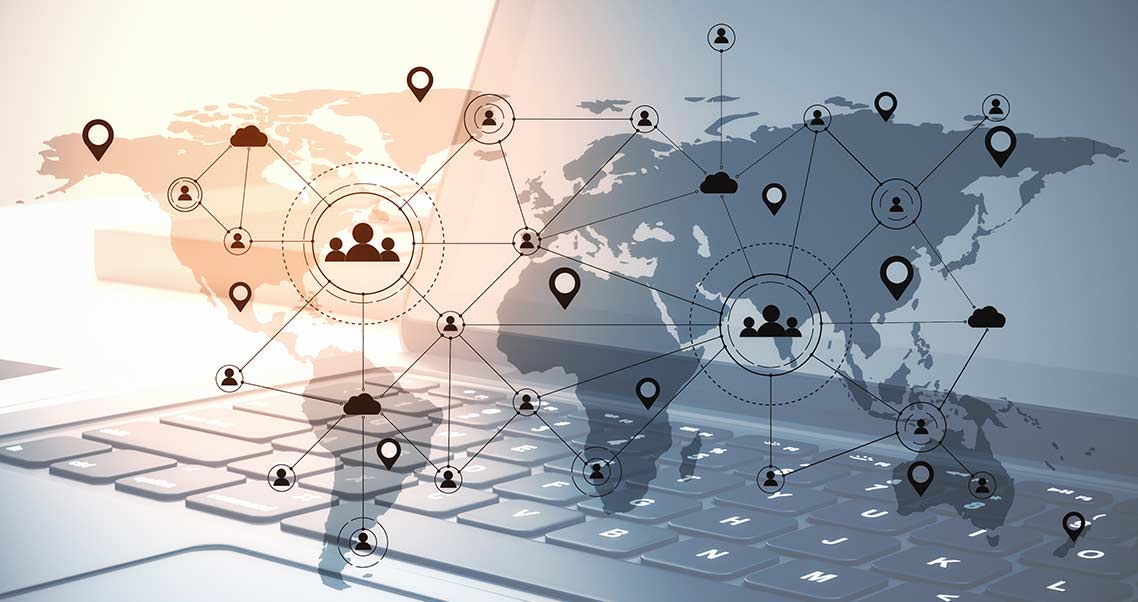Network Policy Server (NPS) is Microsoft’s implementation of a Remote Authentication Dial-In User Service (RADIUS) server. NPS provides centralized authentication, authorization, and accounting (AAA) capabilities to your network. Under...
A virtual learning environment (VLE) is a collaborative platform that enables better learning delivery. Useful for all types of schools and organizations, it helps educators perform their jobs more...
A remote access policy is a written document containing the guidelines for connecting to an organization’s network from outside the office. It is one way to help secure corporate data and...
Virtual learning is a mode of education in which students and teachers don’t have to be under the same roof simultaneously. It typically makes use of supporting software, computers and a network connection. In virtual...
For many organizations, the COVID-19 pandemic accelerated work policies that were already gaining traction. Faced with no choice but to send many workers home indefinitely, a large number of companies...
The PC revolution—which started over 60 years ago—is far from over. However, organizations are rightfully questioning the endless replacement cycles, high maintenance costs, security vulnerabilities, and high energy costs that often...
An Azure subscription is a base container that comprises a group of related business or technical resources. The group of resources are used and billed together. An Azure subscription also acts as an administrative boundary, meaning that it allows...
Technology experts have predicted an increasingly mobile workforce for the past few years. But as with any significant change, many companies were apprehensive about flexible working, let alone adopting a remote-first mindset. There...







